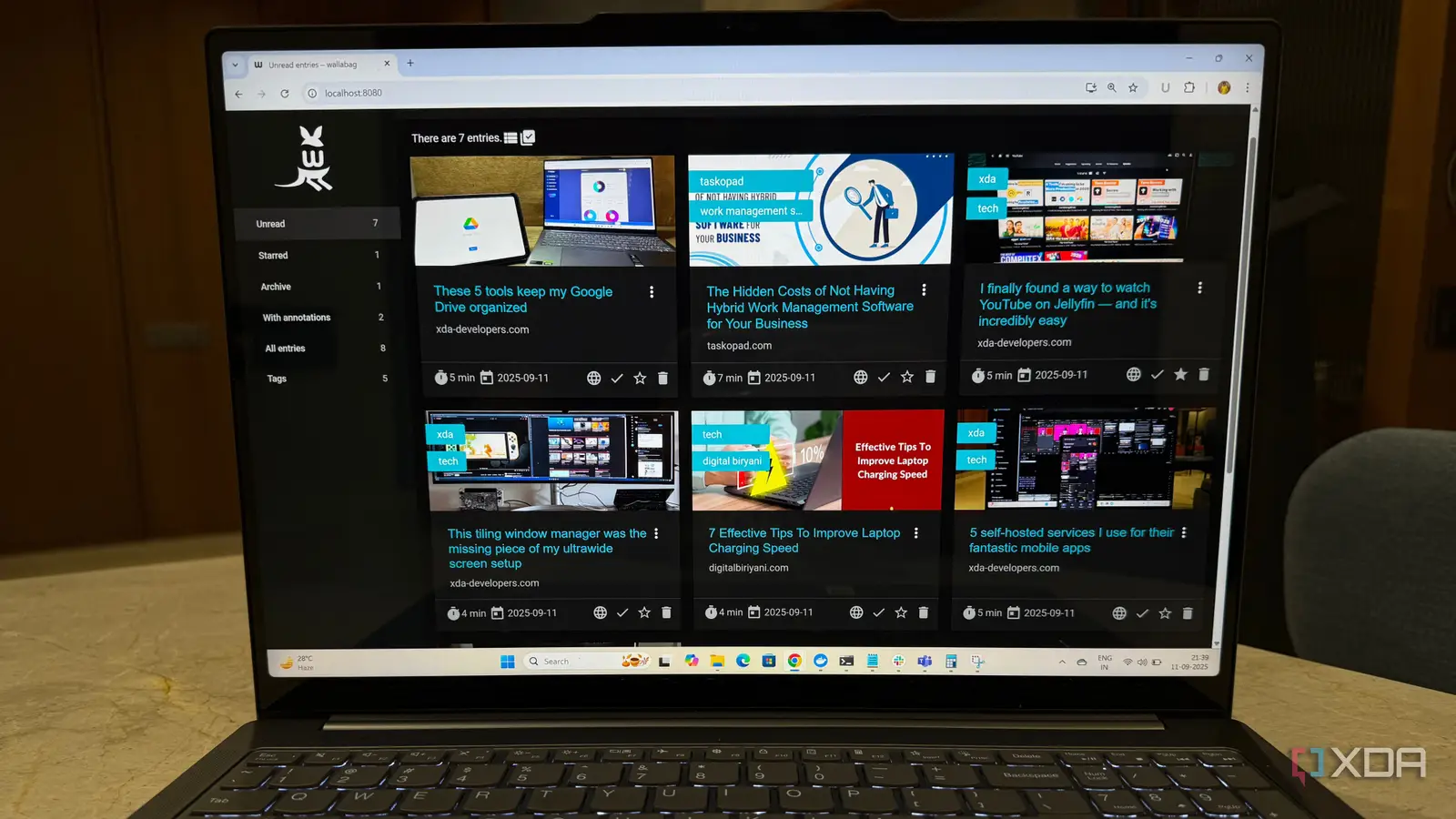
MAUI — NATO has put $728 million in common funding into a “capability program plan” to flesh out the 32-member alliance’s new(ish) Space Operations Center, according to a senior NATO officer.
“It is intended to deliver our mission system, our contractors, the training and the data for the NATO Space Operations Center, so that we can do our battle space awareness and command and control mission for space for NATO,” said US Space Force Col. Jonathan Whitaker, chief of staff of the NATO Combined Forces Space Component Command (CFSpCC).
The space operations center falls under the CFSpCC, with both located at Ramstein AFB in Germany. The two organizations are funded by a coalition of 16 NATO members, according to an alliance fact sheet.
Whitaker told Breaking Defense here during the annual Advanced Maui Optical and Space Surveillance conference that work on a new NATO space “data lake,” called AXE, for Allied Exchange Environment, is being modeled after the US Space Force’s Unified Data Library.
AXE “has the same schema as the Unified Data Library, but [is] completely separate. So it would be for the NATO alliance command structure to use to put whatever data that we wanted on — either space domain awareness data, space-based ISR [intelligence, surveillance and reconnaissance], right, anything you would want — but it is optimized for our classified environment,” Whitaker explained.
He noted that AXE likely will be populated with information provided by the Allied Persistent Surveillance from Space (APSS) program.
Launched in 2023 in response to lessons learned about the value of remote sensing satellites in Ukraine, APSS now has 19 member nations pledged to share data from their national surveillance satellites via a virtual constellation, as well as to jointly fund acquisition of commercial imagery and ISR products such as 3D maps.
Once APSS is “providing finished intelligence products to us, we’ll be able to … directly deliver those into that AXE environment,” Whitaker said, “and then we also have that record in that archive, so that we can really build some trend data from it.”
APSS is expected to hit initial operational capability on Jan. 1, 2026, he said.
AXE, in turn, is to be integrated into NATO’s Federated Mission Networking environment, which is “NATO’s scheme to make sure that all of the the nodes in the command structure at the joint force commands are all operating within a single environment, so that … in a data-rich environment we can share decision-quality data with our commanders at the speed, at a cadence of operational relevance,” Whitaker said.
Doing so would “enable such things as like the Maven Smart System,” and other sorts of applications, he added.
Whitaker stressed that the space capability program plan is leaning heavily on the use of commercial products.
The plan, he said, “starts with existing, commercial, off-the-shelf applications and data sources, and infuses those, hopefully in something like the Allied Exchange Environment, with national contributions as well.”
Further, Whitaker said, the CFSpCC is considered one of NATO’s intelligence nodes and now has a team of four from Supreme Headquarters Allied Powers Europe’s J2 staff responsible for intelligence gathering embedded. That team is working “to identify geospatial intelligence requirements that could be satisfied either through existing government-furnished repositories of intelligence like the NGA [US National Geospatial-Intelligence Agency] database, or even commercial contracts,” he explained.
In particular, Whitaker said, the CFSpCC and the intel team is looking at how to use analysis provided by the Space Force’s Tactical Surveillance, Reconnaissance and Tracking (TacSRT) program.
“TacSRT is going to be very important to what we do at NATO. NATO has certain limitations and certain advantages to use a system like TacSRT,” he said.
“So perhaps it will not be called TacSRT. TacSRT is definitely, has a certain … not peculiarities, but certain limitations being in the UDL. The UDL cannot touch intelligence; the Allied Exchange Server doesn’t have that same limitation, right?” Whitaker elaborated.
“We could [instead] take the great lessons learned and the schema of TacSRT, and apply it in different ways that really haven’t been operationally defined yet. But right now it’s just wide open opportunity. That’s cool for us,” he said.



